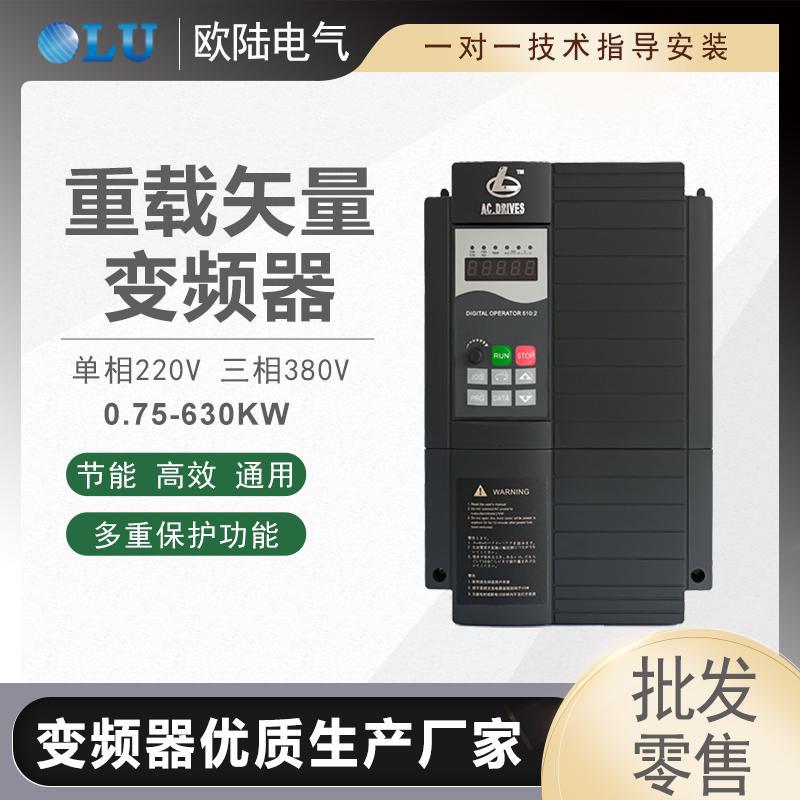Can Frequency Converters Really Save Energy? Unveiling the Principles Behind Energy Efficiency
Frequency converters can indeed save energy, but certain conditions must be met. As electronic circuits, they themselves consume power (approximately 3-5% of the rated power). Without affecting operational requirements, appropriately adjusting the operating parameters of the frequency converter can reduce unnecessary energy consumption, shifting from general operation to energy-efficient economic operation. So, exactly how much energy can be saved? Let’s hear the explanation from Nanjing Oulu Electric’s technical experts.

To achieve energy savings with a frequency converter, it is necessary to reduce the output frequency — the greater the reduction, the higher the energy savings. However, this is subject to the following preconditions:
1. High power and fan/pump load: Energy savings are most significant in high-power applications involving fan or pump loads.
2. Built-in energy-saving function: The device must support energy-saving algorithms (software-based).
3. Long-term continuous operation: Energy efficiency is more evident in systems that operate continuously over extended periods.
These three conditions are essential for achieving meaningful energy savings. Claims that frequency converters save energy under all operating conditions are often exaggerated or driven by commercial motives. Understanding these principles allows for smarter application — always consider the specific usage scenario and conditions to avoid misguided applications or underperformance.
Common Misconceptions About Using Frequency Converters:
Misconception 1: Frequency converters always save energy
In reality, frequency converters save energy primarily by enabling motor speed control. While they are more efficient and have a higher power factor compared to other speed control methods, they are not universally energy-saving in all applications.
Misconception 2: Selecting converter capacity based solely on motor rated power
Given the relatively high cost of frequency converters,合理 reducing capacity without compromising reliability is crucial. Note that the rated power of a converter refers to its suitability for 4-pole AC asynchronous motors. Motors with the same power but different pole counts have different rated currents.
Misconception 3: Conventional motors can only operate below rated speed with frequency converters
Classical theory suggests a maximum frequency of 55Hz for conventional motors. When operating above rated speed (50Hz), the stator voltage must remain at the rated value if constant torque control is maintained, rather than increasing with frequency.
Misconception 4: Overlooking the unique characteristics of frequency converters
While dealers typically handle commissioning, installation is often done by users. Failure to follow the manual and technical requirements — treating converters like ordinary components — can lead to operational failures and safety risks.
Conclusion
As explained above, energy savings with frequency converters depend heavily on specific conditions. Their primary function is motor speed regulation, and their energy-saving potential is influenced by the load characteristics of the driven equipment. Choosing a high-quality frequency converter can significantly enhance performance and efficiency.
Nanjing Oulu Electric Co., Ltd. specializes in producing a wide range of frequency converters to suit various needs. We are confident we have the right solution for you. Feel free to contact us for further consultation!